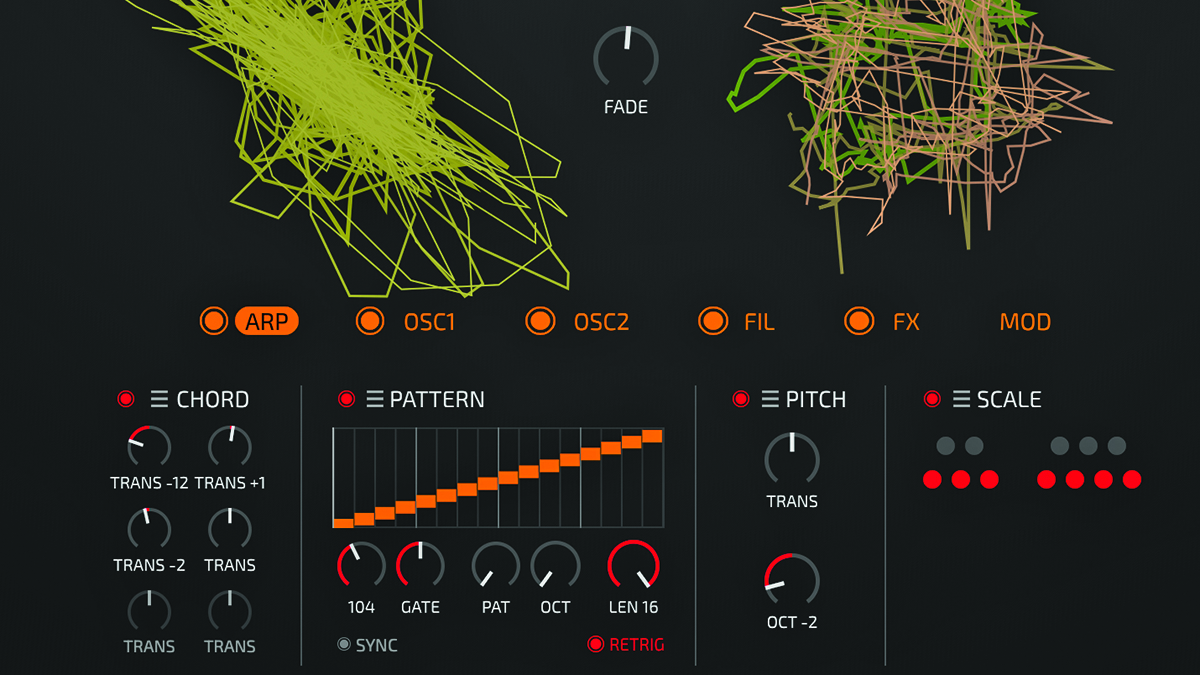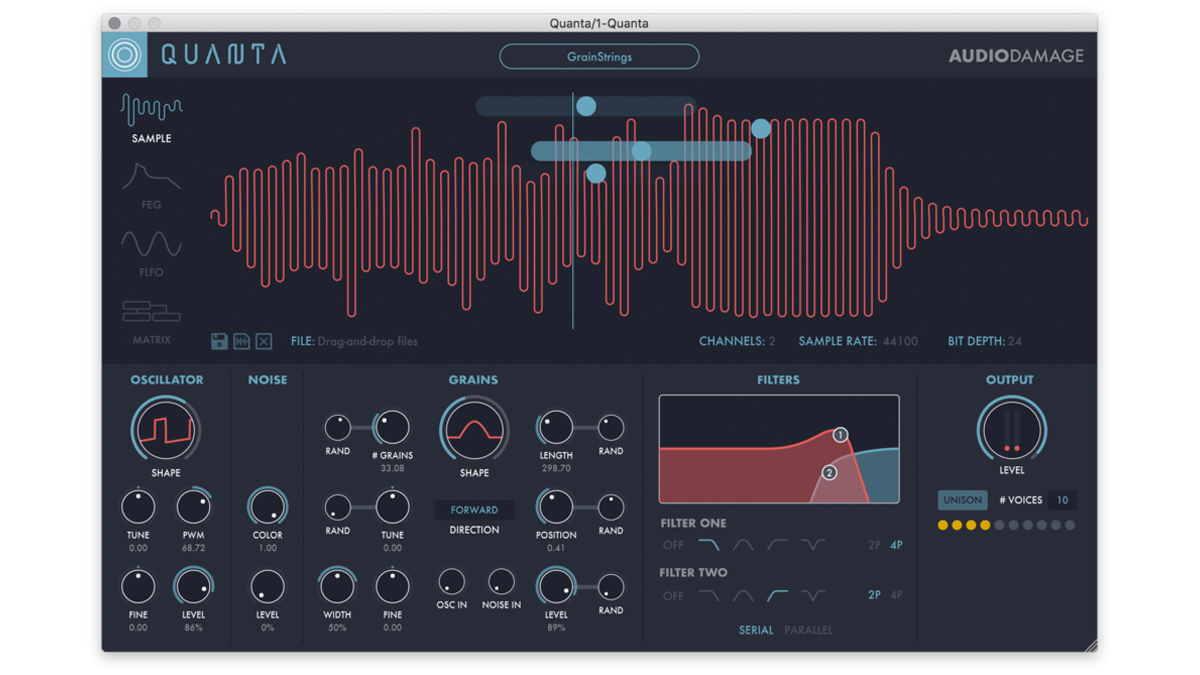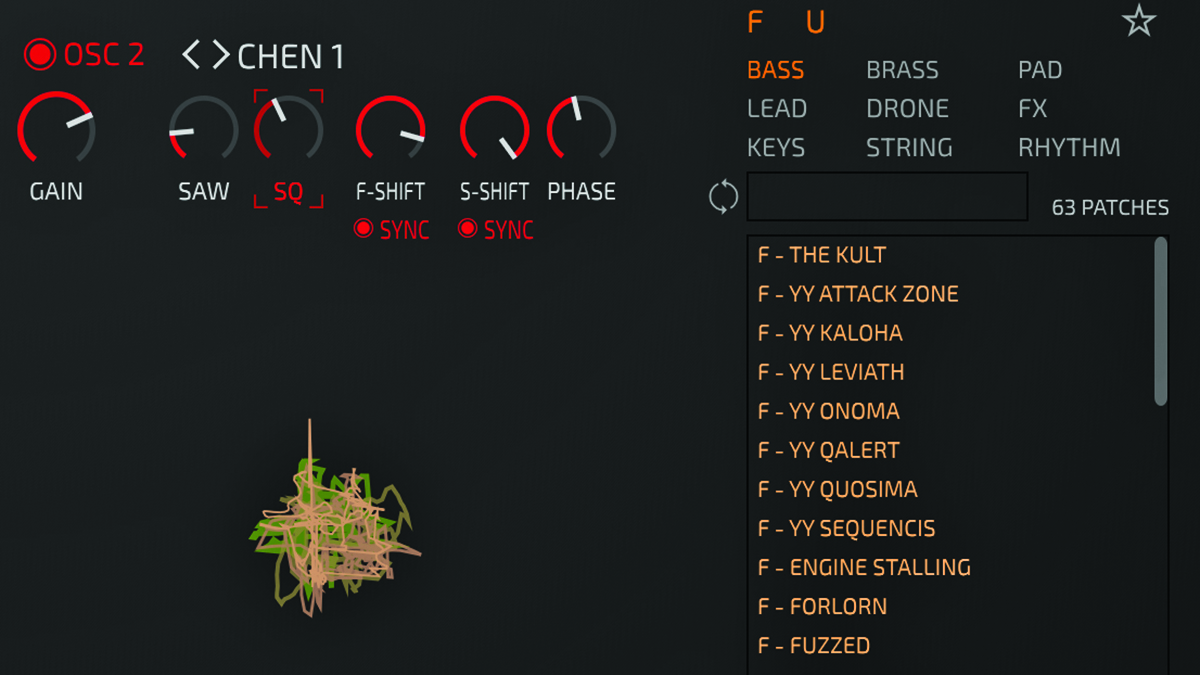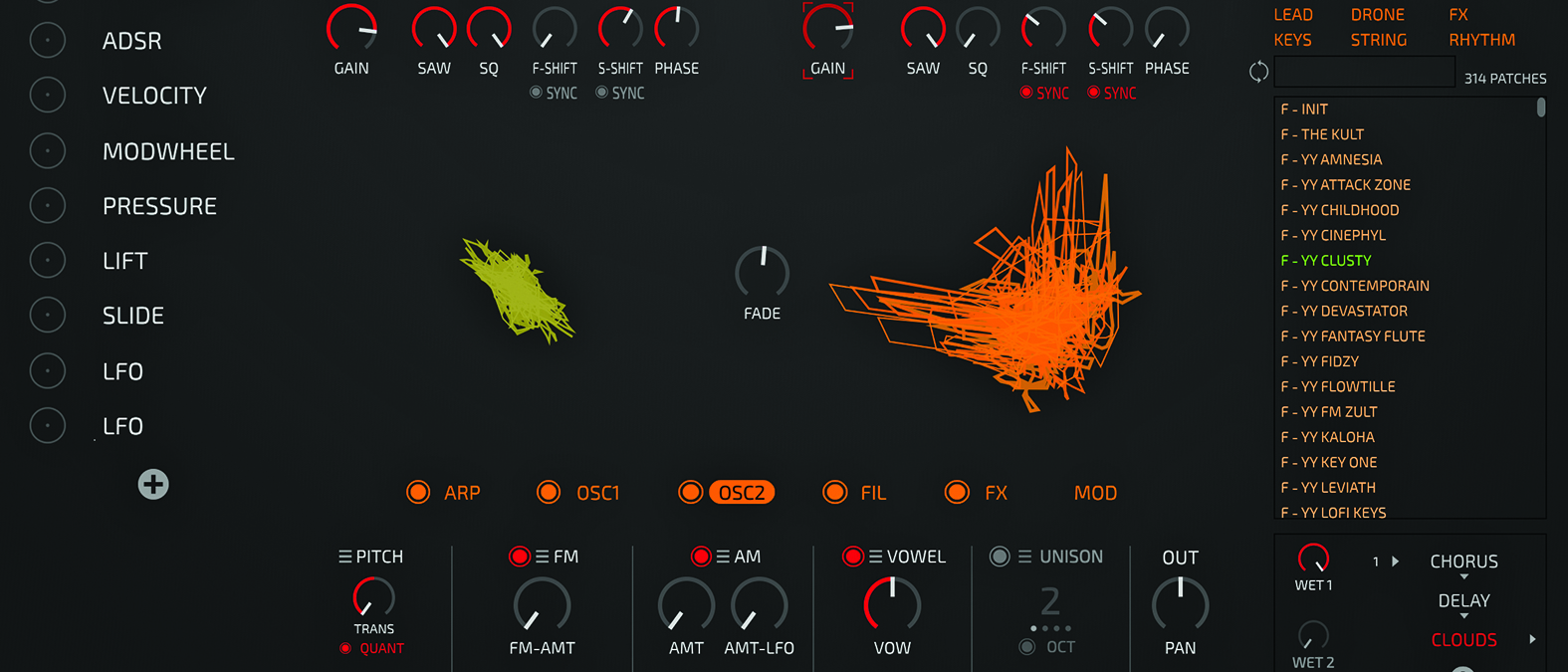MusicRadar Verdict
We’re so pleased that Kult delivers everything we hoped for and more, mainly so we can say ‘Dawesome is Awesome’.
Pros
- +
How much stuff can you do to a sound in real time?
- +
More evolving than humanity.
- +
We want whatever Peter’s having.
- +
Look at the graphics!
Cons
- -
Er…
MusicRadar's got your back
Tracktion Dawesome Kult: What is it?
Where to start with Kult? For a start, it’s produced by Dawesome (aka Peter V and in conjunction with Tracktion). He produced the exceptionally well-regarded Abyss and Novum instruments.
Kult takes the brilliantly colourful UI philosophy, applies it to Strange Attractor (or Strangely Attractive) oscillators, makes AM and FM synthesis easy, modulates madly, and adds effects and more aplenty. Pretty much before it gets out of bed…

Tracktion Dawesome Kult: Performance and verdict
Peter is a bassoon and contrabassoon player, orchestral oddities in themselves. Kult is similarly, and maybe relatedly, an oddity for synths. And all the better for it.

• Audio Damage Quanta
There’s little else like Kult, but Quanta also has the same experimental ethos.
• Spectrasonics Omnisphere
We often put Omnisphere in as an alternative to a synth simply because it is every synth. Lazy, we know. And not the first time we’ve done it...
Spawned somehow from the mathematical theory of chaos (that’s what it says in the manual which, for once, we urge you to read), the two Strange Attractor oscillators can be warm or in your face. They are also alive.
Select two from 30 and apply some F-Shift and their frequencies will gradually or quickly start evolving. Another option, S-Shift is, according to the manual “hard to explain” (well you try writing this review, mate) but essentially applies an LFO to the phase. So you already have modulating oscillators and being so alive, they almost negate the need for further modulation, but by now you’ve probably realised that avoiding extra layers of sonic fun ain’t something that Dawesome does.
So far so good then. But there’s (a lot) more. As well as adding sine and square characteristics to your oscillators, you can also blend, tune and shift the phase. Going deeper, why not create five copies of an oscillator for unison effects? Better still, introduce a fabulous FM character, or tremolo via the AM section. You can even add vocal-like sounds via the Vowel and Formant options.
Beyond this, you get a fully-featured Filter section, complete with two independent ‘analogue’ filters, plus Comb and Distortion sub-sections. There are stereo effects that, at their wettest, quite literally take you to the clouds. There’s also a lovely looking arpeggiator and, remember we said you didn’t need further modulation? Yes, there’s a modulation section too. Simple and very effective.
Want all the hottest music and gear news, reviews, deals, features and more, direct to your inbox? Sign up here.

Kult classics?
Tracktion says that Kult evokes the experimental sound of the West Coast Buchla modular synth systems, and we certainly go along with that. It’s all about messing and twisting in real-time, so much so that the presets are almost to be disregarded. You can simply load one up and quickly go into so many other directions that you’ll come up with tens if not hundreds of ideas you might want to save. But we’ll try and sum them up anyway.
The bass sounds are often readily arpeggiated, so inviting you to start tweaking as the sequence of notes plays. Many of the other categories – Brass, Drone, Pad, and Lead in particular – tend to focus on the more edgy or experimental side of the sound, so end up being more like atmospheric pads (on top of the Pad section). This is fine in our book as, again, this is all about using whatever sound as a very rough base and taking it, well, God knows where to be honest. So while the presets are excellent, it’s really about that word: ‘journey’.
Dreamweaver
By now we’re thinking that Peter might well have been having some pretty spectacular dreams (aka hallucinations) while coming up with the ideas for Kult. Indeed the whole thing is amply summed up by the graphical Strange Attractors that take us back to 1990s club-land – the kind of swirling visuals that we would stare at for hours before claiming that we’d seen all of reality within them. Heady days. But these Strangely Attractive graphics really do give you an idea of what is actually happening to the sound as you (inevitably) tweak it. Or they did for us anyway.
See the entire essence of life itself transform in front of you. You are a god. A god of synthesis
And what a sound. Those of you happy with tweaking a filter cutoff and resonance dial to make a sequence evolve will have almost too many options. Sounds can be transformed from warm to out there, jarring to angelic.
You might not always know what you are doing but the point is to get in there and do it; tweak more than you ever have done. Watch the graphics. See the entire existence of life transform in front of you. You are a god. A god of synthesis. A Strangely Attractive one at that.
MusicRadar verdict: We’re so pleased that Kult delivers everything we hoped for and more, mainly so we can say ‘Dawesome is Awesome’.
Tracktion Dawesome Kult: Hands-on demos
TracktionSoftware
Tomavatars
Waveform
Synth Anatomy
Tracktion Dawesome Kult: Specifications
- macOS 10.13 or later. 64-bit Intel or Apple Silicon. AU / VST3.
- Windows 10, 11. 64-bit. VST3.
- CONTACT: Tracktion/Dawesome
- Buy from Plugin Boutique
Andy has been writing about music production and technology for 30 years having started out on Music Technology magazine back in 1992. He has edited the magazines Future Music, Keyboard Review, MusicTech and Computer Music, which he helped launch back in 1998. He owns way too many synthesizers.

